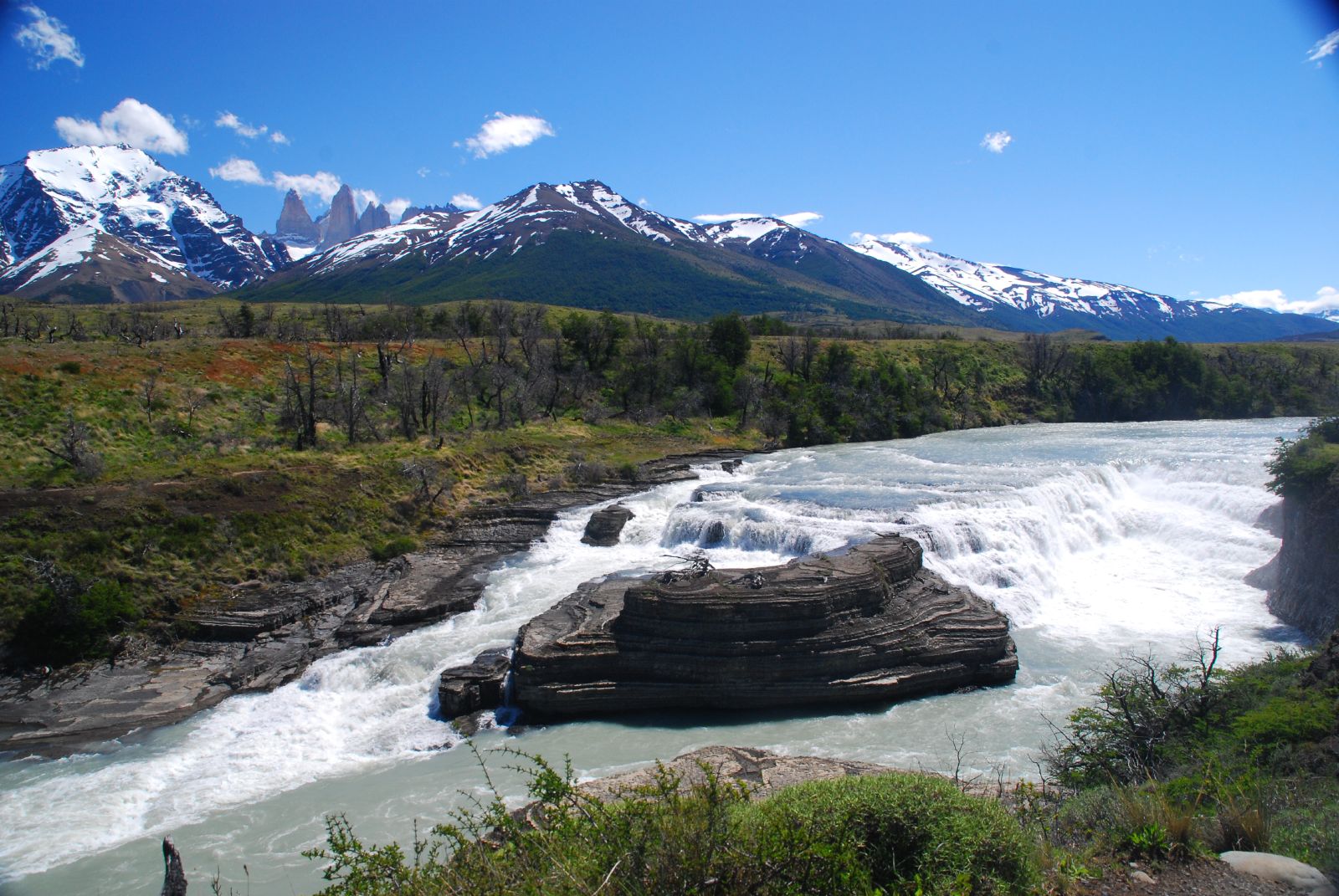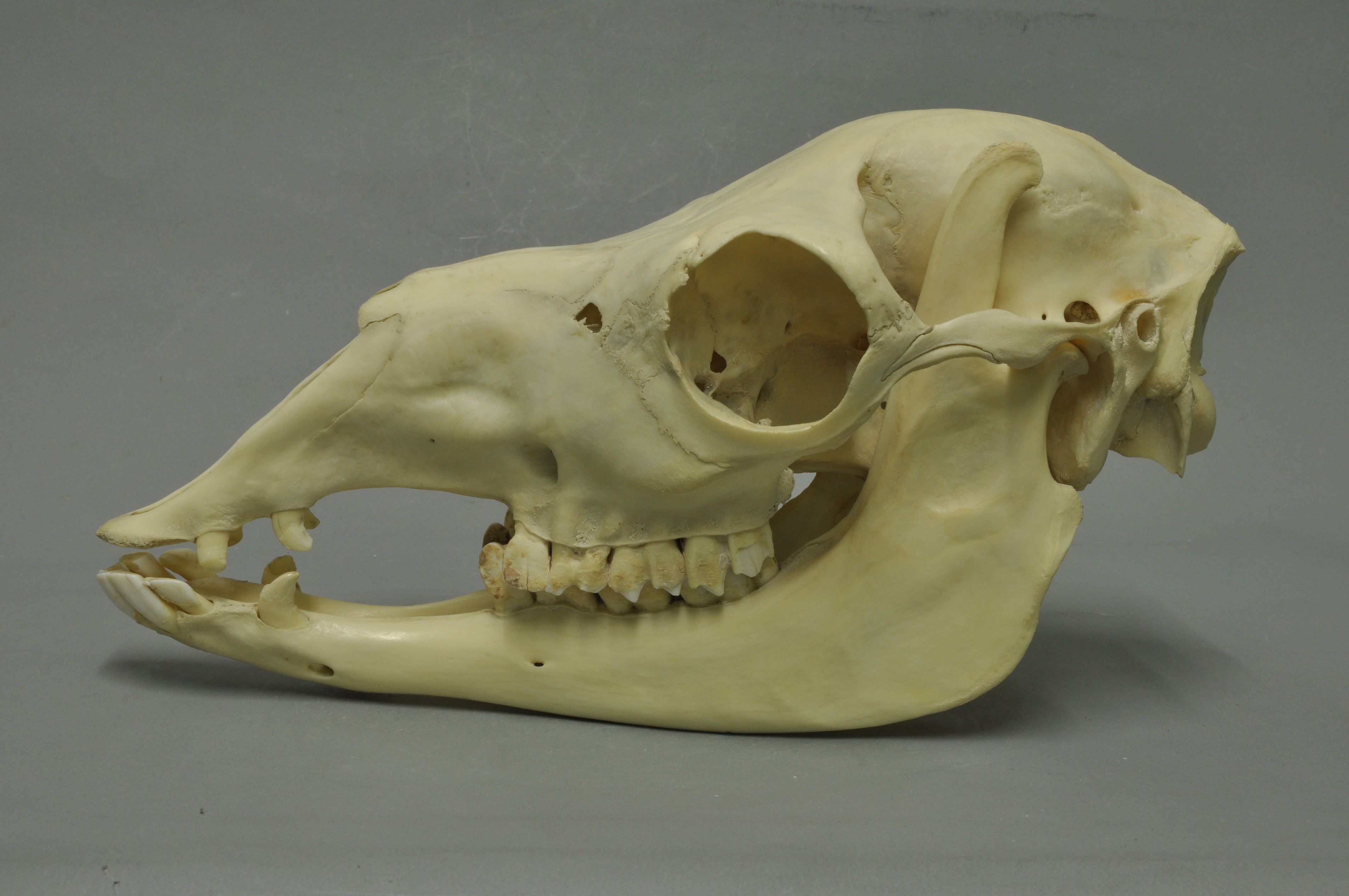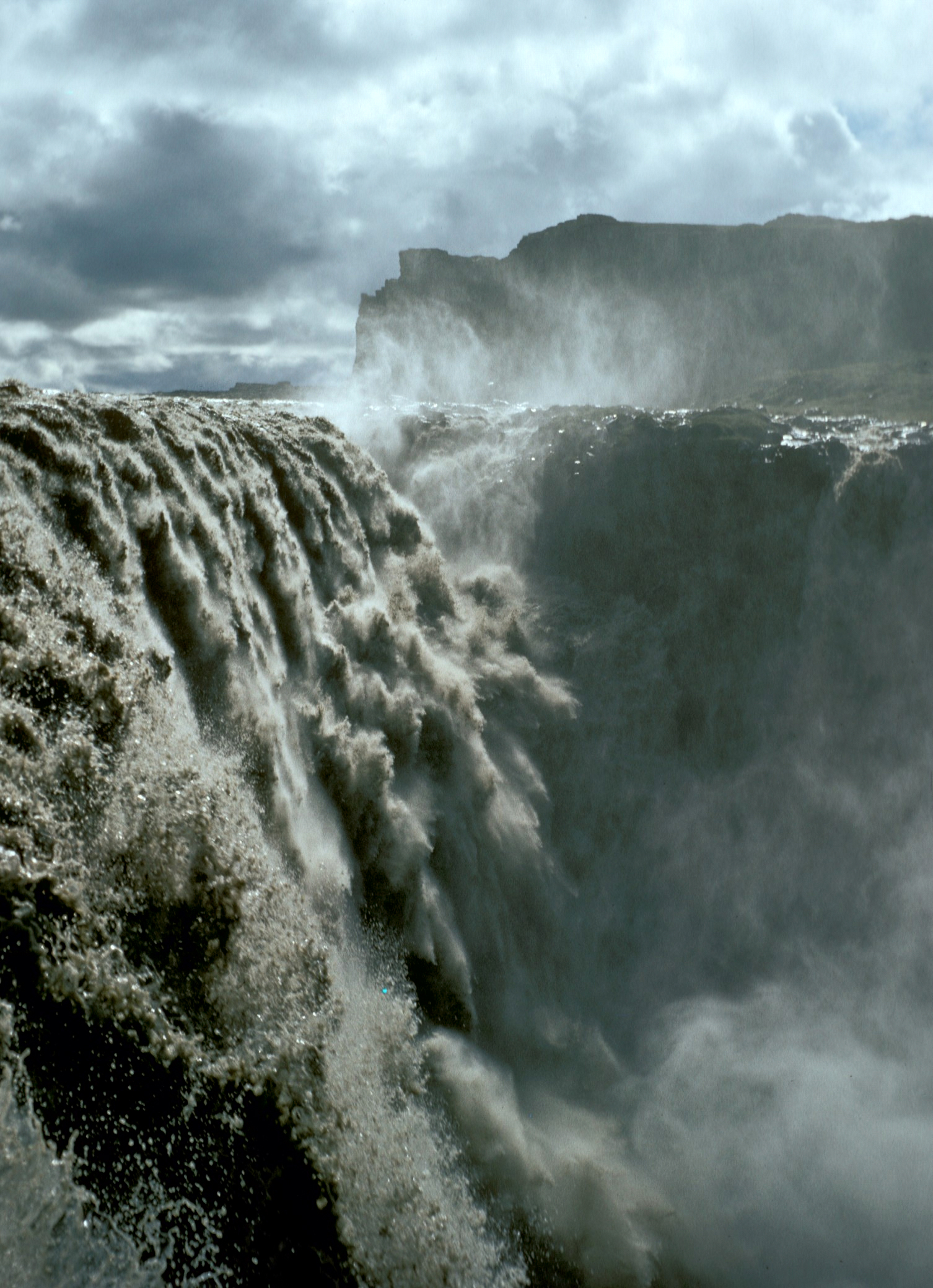|
Salto Grande, Chile
The Salto Grande is a waterfall on the Paine River, after the Nordenskjöld Lake, within the Torres del Paine National Park in Chile. In the vicinity of Salto Grande are a variety of natural vegetation forms as well as certain wildlife species, including the wild guanaco.C. Michael Hogan. 2008 See also * Lake Sarmiento Notes * C. Michael Hogan. 2008''Guanaco: Lama guanicoe'', GlobalTwitcher.com, ed. N. Strömberg* Haas Mroue, Kristina Schreck and Michael Luongo. 2005. ''Frommer's Argentina & Chile'', third edition, Published by John Wiley & Sons John Wiley & Sons, Inc., commonly known as Wiley (), is an American multinational publishing company founded in 1807 that focuses on academic publishing and instructional materials. The company produces books, journals, and encyclopedias, in p ..., References External links UCAR Digital Image Library photo, Salto Grande, Chile Waterfalls of Chile Landforms of Magallanes Region Torres del Paine National Park ... [...More Info...] [...Related Items...] OR: [Wikipedia] [Google] [Baidu] |
Torres Del Paine National Park
Torres del Paine National Park ( es, Parque Nacional Torres del Paine) is a national park encompassing mountains, glaciers, lakes, and rivers in southern Chilean Patagonia. The Cordillera del Paine is the centerpiece of the park. It lies in a transition area between the Magellanic subpolar forests and the Patagonian Steppes. The park is located north of Puerto Natales and north of Punta Arenas. The park borders Bernardo O'Higgins National Park to the west and the Los Glaciares National Park to the north in Argentine territory. ''Paine'' means "blue" in the native Tehuelche (Aonikenk) language and is pronounced ''PIE-neh'', while ''Torres'' means "towers". It was established as a National Park in 1959. Torres del Paine National Park is part of the ''Sistema Nacional de Áreas Silvestres Protegidas del Estado de Chile'' (National System of Protected Forested Areas of Chile). In 2013, it measured approximately . It is one of the largest and most visited parks in Chile. The park ... [...More Info...] [...Related Items...] OR: [Wikipedia] [Google] [Baidu] |
Chile
Chile, officially the Republic of Chile, is a country in the western part of South America. It is the southernmost country in the world, and the closest to Antarctica, occupying a long and narrow strip of land between the Andes to the east and the Pacific Ocean to the west. Chile covers an area of , with a population of 17.5 million as of 2017. It shares land borders with Peru to the north, Bolivia to the north-east, Argentina to the east, and the Drake Passage in the far south. Chile also controls the Pacific islands of Juan Fernández, Isla Salas y Gómez, Desventuradas, and Easter Island in Oceania. It also claims about of Antarctica under the Chilean Antarctic Territory. The country's capital and largest city is Santiago, and its national language is Spanish. Spain conquered and colonized the region in the mid-16th century, replacing Inca rule, but failing to conquer the independent Mapuche who inhabited what is now south-central Chile. In 1818, after declaring in ... [...More Info...] [...Related Items...] OR: [Wikipedia] [Google] [Baidu] |
Paine River
Paine River (''Río Paine'') is a river located in the Magallanes Region of Chile. The river rises from its source in Dickson Lake and flows east for nine kilometres (km) to Paine Lake. After flowing through the lake, the river runs for 15 km, first southward and then westward to Nordenskjöld Lake.Gobierno de Chile (2004). This part of the river's course includes the Paine Cascade. From the mouth of Nordenskjöld Lake, the river flows for a short distance falling into Pehoe Lake. In this area the river forms a spectacular waterfall known as ''Salto Grande''. Along the Paine River, and specifically in the vicinity of Salto Grande, are a variety of natural vegetation forms as well as certain wildlife species, including the wild guanaco. After leaving lake Pehoe, the river forms another waterfall called ''Salto Chico'' and runs its last 6 km until emptying into the Del Toro Lake. Its lower course is wide and deep. Along its course the river borders the Cordillera del ... [...More Info...] [...Related Items...] OR: [Wikipedia] [Google] [Baidu] |
Waterfall
A waterfall is a point in a river or stream where water flows over a vertical drop or a series of steep drops. Waterfalls also occur where meltwater drops over the edge of a tabular iceberg or ice shelf. Waterfalls can be formed in several ways, but the most common method of formation is that a river courses over a top layer of resistant bedrock before falling on to softer rock, which Erosion, erodes faster, leading to an increasingly high fall. Waterfalls have been studied for their impact on species living in and around them. Humans have had a distinct relationship with waterfalls for years, travelling to see them, exploring and naming them. They can present formidable barriers to navigation along rivers. Waterfalls are religious sites in many cultures. Since the 18th century they have received increased attention as tourist destinations, sources of hydropower, andparticularly since the mid-20th centuryas subjects of research. Definition and terminology A waterfall is gen ... [...More Info...] [...Related Items...] OR: [Wikipedia] [Google] [Baidu] |
Nordenskjöld Lake
The Nordenskjöld ( es, Lago Nordenskjöld or ) is a lake in Torres del Paine National Park in the Magallanes Region, southern Chile. The lake is named after the Swede Otto Nordenskiöld who discovered the lake in the beginning of the 20th century. The outfall of Nordenskjöld Lake consists of a waterfall known as Salto Grande. At this western end of the lake on the southern side is an abundance of wildlife including wild grazing guanaco The guanaco (; ''Lama guanicoe'') is a camelid native to South America, closely related to the llama. Guanacos are one of two wild South American camelids, the other being the vicuña, which lives at higher elevations. Etymology The guanaco g ....C. Michael Hogan. 2008 See also * French Glacier Notes References * Gobierno de Chile. 2004 ''Cuenca del Río Serrano''* C. Michael Hogan. 2008''Guanaco: Lama guanicoe'', GlobalTwitcher.com, ed. N. Strömberg* Earth Info. 2002. ''earth-info.nga.mil'' webpage Lakes of Chile Lakes of Magal ... [...More Info...] [...Related Items...] OR: [Wikipedia] [Google] [Baidu] |
Wildlife
Wildlife refers to domestication, undomesticated animal species (biology), species, but has come to include all organisms that grow or live wilderness, wild in an area without being species, introduced by humans. Wildlife was also synonymous to game (hunting), game: those birds and mammals that were trophy hunting, hunted for sport. Wildlife can be found in all ecosystems. Deserts, plains, grasslands, woodlands, forests, and other areas, including the most developed urban areas, all have distinct forms of wildlife. While the term in popular culture usually refers to animals that are untouched by human factors, most scientists agree that much wildlife is human impact on the environment, affected by human behavior, human activities. Some wildlife threaten human safety, health, property, and quality of life. However, many wild animals, even the dangerous ones, have value to human beings. This value might be economic, educational, or emotional in nature. Humans have historically t ... [...More Info...] [...Related Items...] OR: [Wikipedia] [Google] [Baidu] |
Guanaco
The guanaco (; ''Lama guanicoe'') is a camelid native to South America, closely related to the llama. Guanacos are one of two wild South American camelids, the other being the vicuña, which lives at higher elevations. Etymology The guanaco gets its name from the Quechua word ''huanaco'' (modern spelling ''wanaku''). Young guanacos are called ''chulengos''. Characteristics Guanacos stand between at the shoulder, body length of , and weigh . Their color varies very little (unlike the domestic llama), ranging from a light brown to dark cinnamon and shading to white underneath. Guanacos have grey faces and small, straight ears. The lifespan of a guanaco can be as long as 28 years. Guanacos are one of the largest terrestrial mammals native to South America today.San Diego Zoo's Animal Bytes Other terrestrial mammali ... [...More Info...] [...Related Items...] OR: [Wikipedia] [Google] [Baidu] |
Parque Nacional Torres De Paine
*
*
{{dab, surname ...
Parque is the Galician, Portuguese and Spanish word for "park", and may refer to: * Parque (TransMilenio), a metro station in Bogotá, Colombia * Parque (Lisbon Metro), in Portugal * Parque (Santurce), a subbarrio in San Juan, Puerto Rico * Jim Parque, a baseball player See also * Parquetry, a type of flooring * Park (other) A park is an area of land with a recreational or other specific purpose. Park or Parks may also refer to: Places United Kingdom * Park (Reading ward), an electoral ward of the Borough of Reading, Berkshire, England * Park (Sefton ward), an el ... [...More Info...] [...Related Items...] OR: [Wikipedia] [Google] [Baidu] |
Lake Sarmiento
Sarmiento Lake is a lake located in Torres del Paine National Park, in the Magallanes Region of southern Chile. It is named after Spanish explorer Pedro Sarmiento de Gamboa, and gives its name to one of the areas in the National Park Torres del Paine. Its edge is marked by extensive calcium carbonat"Thrombolites"deposits, possibly from hydrothermal activity in the lake. See also * Salto Grande References External links * Sarmiento Sarmiento may refer to: Places Argentina *Sarmiento Department, San Juan, a subdivision of the San Juan Province *Sarmiento Department, Santiago del Estero, a subdivision of the Santiago del Estero Province *Sarmiento Department, Chubut, a subdivi ... Lakes of Magallanes Region Torres del Paine National Park {{MagellanAntarctic-geo-stub ... [...More Info...] [...Related Items...] OR: [Wikipedia] [Google] [Baidu] |
John Wiley & Sons
John Wiley & Sons, Inc., commonly known as Wiley (), is an American multinational publishing company founded in 1807 that focuses on academic publishing and instructional materials. The company produces books, journals, and encyclopedias, in print and electronically, as well as online products and services, training materials, and educational materials for undergraduate, graduate, and continuing education students. History The company was established in 1807 when Charles Wiley opened a print shop in Manhattan. The company was the publisher of 19th century American literary figures like James Fenimore Cooper, Washington Irving, Herman Melville, and Edgar Allan Poe, as well as of legal, religious, and other non-fiction titles. The firm took its current name in 1865. Wiley later shifted its focus to scientific, technical, and engineering subject areas, abandoning its literary interests. Wiley's son John (born in Flatbush, New York, October 4, 1808; died in East Orange, New Je ... [...More Info...] [...Related Items...] OR: [Wikipedia] [Google] [Baidu] |
Waterfalls Of Chile
A waterfall is a point in a river or stream where water flows over a vertical drop or a series of steep drops. Waterfalls also occur where meltwater drops over the edge of a tabular iceberg or ice shelf. Waterfalls can be formed in several ways, but the most common method of formation is that a river courses over a top layer of resistant bedrock before falling on to softer rock, which erodes faster, leading to an increasingly high fall. Waterfalls have been studied for their impact on species living in and around them. Humans have had a distinct relationship with waterfalls for years, travelling to see them, exploring and naming them. They can present formidable barriers to navigation along rivers. Waterfalls are religious sites in many cultures. Since the 18th century they have received increased attention as tourist destinations, sources of hydropower, andparticularly since the mid-20th centuryas subjects of research. Definition and terminology A waterfall is generally d ... [...More Info...] [...Related Items...] OR: [Wikipedia] [Google] [Baidu] |
Landforms Of Magallanes Region
A landform is a natural or anthropogenic land feature on the solid surface of the Earth or other planetary body. Landforms together make up a given terrain, and their arrangement in the landscape is known as topography. Landforms include hills, mountains, canyons, and valleys, as well as shoreline features such as bays, peninsulas, and seas, including submerged features such as mid-ocean ridges, volcanoes, and the great ocean basins. Physical characteristics Landforms are categorized by characteristic physical attributes such as elevation, slope, orientation, stratification, rock exposure and soil type. Gross physical features or landforms include intuitive elements such as berms, mounds, hills, ridges, cliffs, valleys, rivers, peninsulas, volcanoes, and numerous other structural and size-scaled (e.g. ponds vs. lakes, hills vs. mountains) elements including various kinds of inland and oceanic waterbodies and sub-surface features. Mountains, hills, plateaux, and plains are ... [...More Info...] [...Related Items...] OR: [Wikipedia] [Google] [Baidu] |


.jpg)



.jpg)